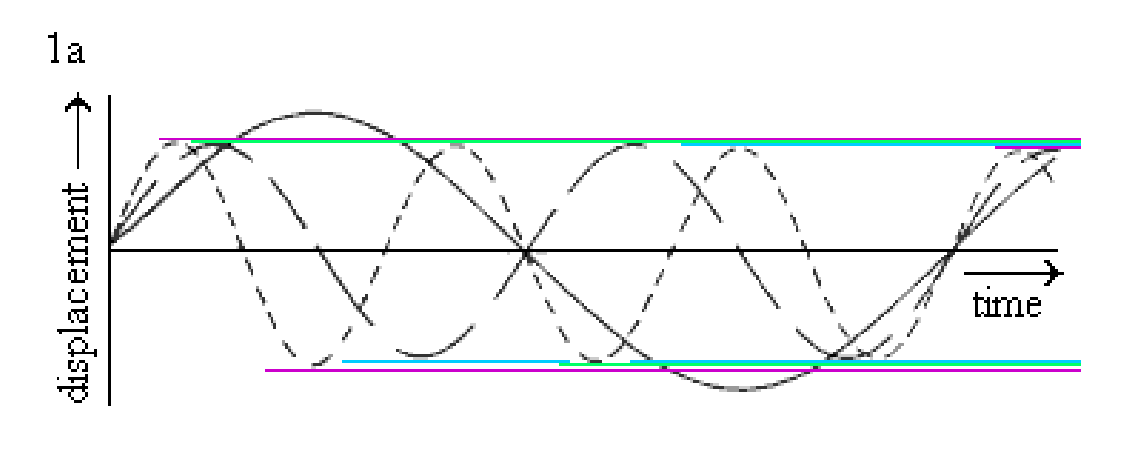Retained means "to keep" so fewer officials would need to be kept, because the legalization of drugs would be beneficial (according to the passage) and officials wouldn't have to constantly go after illegal drug possession.
For my question:
TLDR: Does "total" voltage mean the sum of the voltages of each device in a series?
Thus, if the question asks how the total voltage of a circuit with one device compares to the total voltage of a circuit with two identical devices connected in series, are the total voltages the same?
"Suppose that two identical photoelectric devices are connected to the same electrical circuit, and the devices are connected in parallel with each other. Compared to the voltage generated by a single device, the total voltage supplied to the circuit by the parallel devices will be":
the same because they're parallel. And the total current supplied to the circuit will be twice as big (because resistance is half as big).
However, what if the question were switched to two identical devices in series with each other: "compared to the voltage generated by a single device, the total voltage supplied to the circuit by the devices in series will be:
I get that with two identical devices in series, each device will have half of the voltage compared to a circuit with only one device, but the total voltage supplied by the devices will still be the same, wouldn't it, b/c they would add up? Or would this question be asking for the voltage supplied by one of the devices in the series? Because I got confused by the bolded part in their answer, which I have copied below. (And total current supplied by the two devices would be the half as the current supplied by one device, though the current in two devices would be the same)
The answer says "identical voltage sources connected in parallel produce the same output voltage as a single source. (Whereas if they were connected in series, the source voltages would be added" <-- I'm confused by the bolded part. I think what they mean by "total" is the addition of the two voltages, which would equal the original voltage supplied by just one device?



